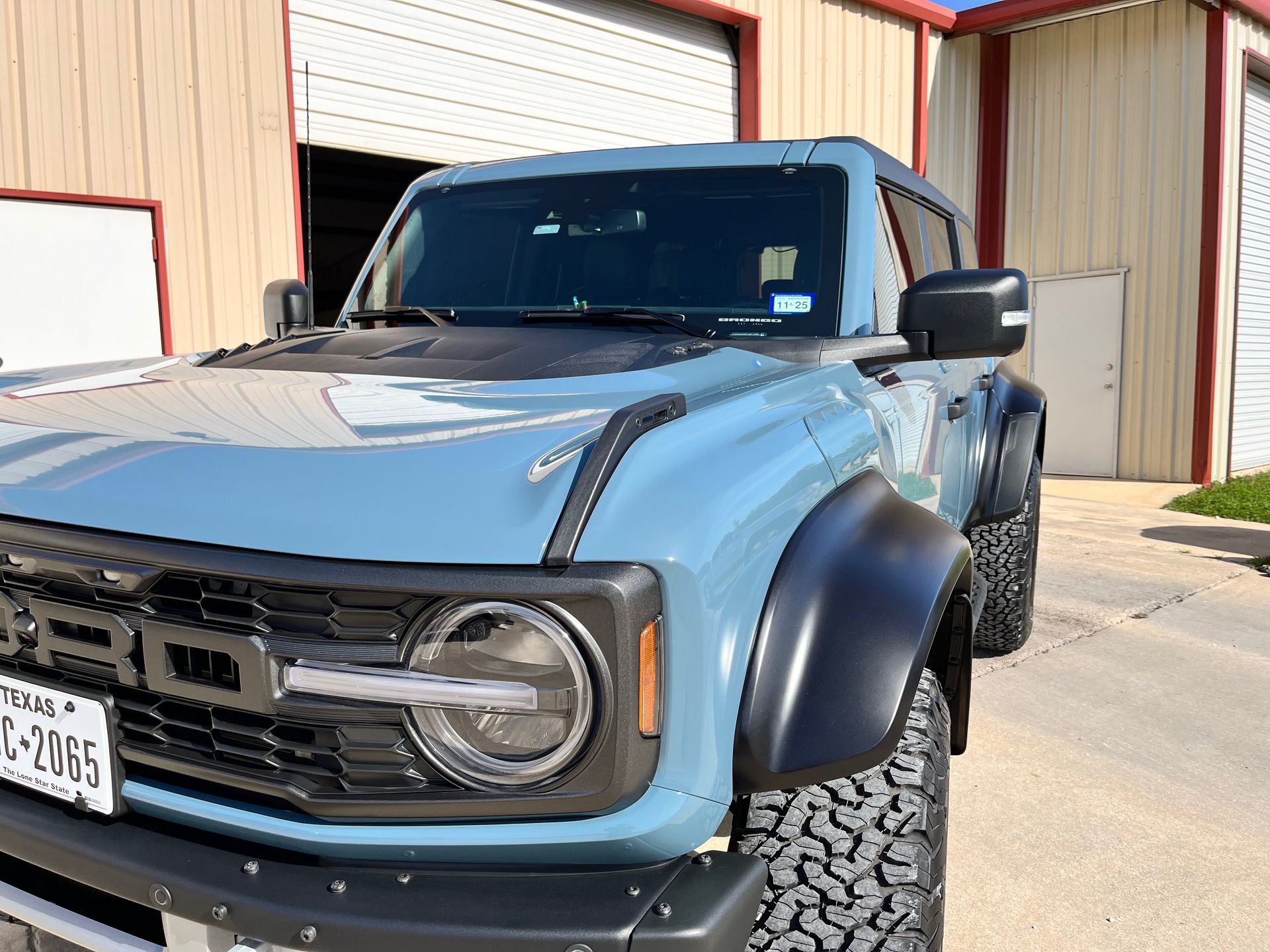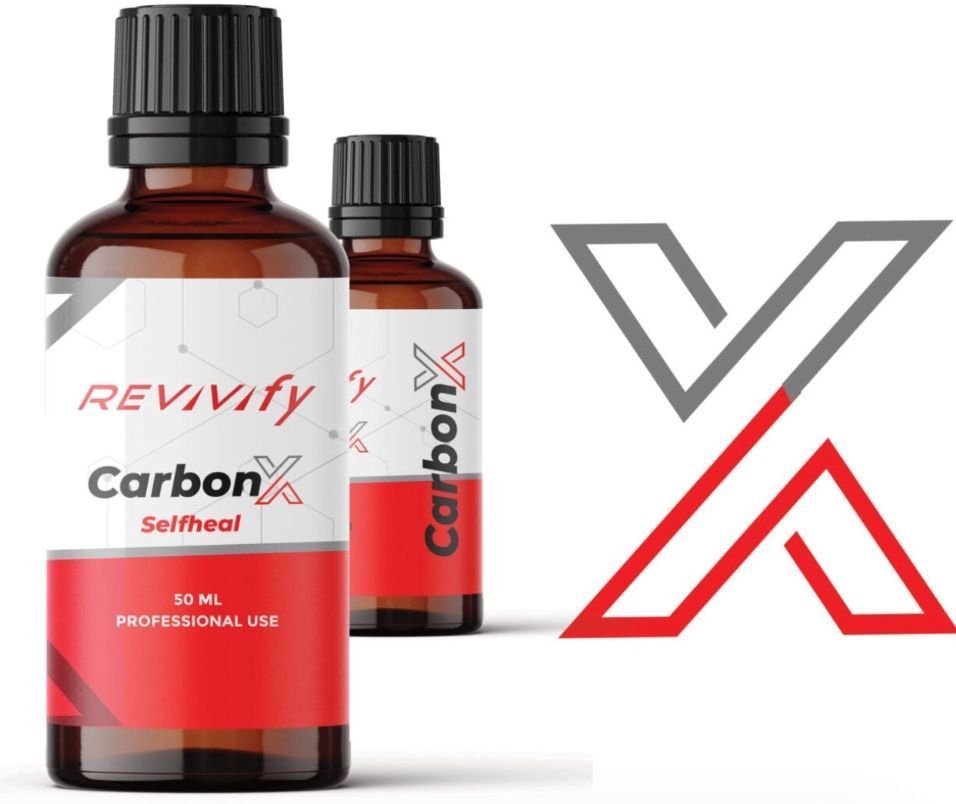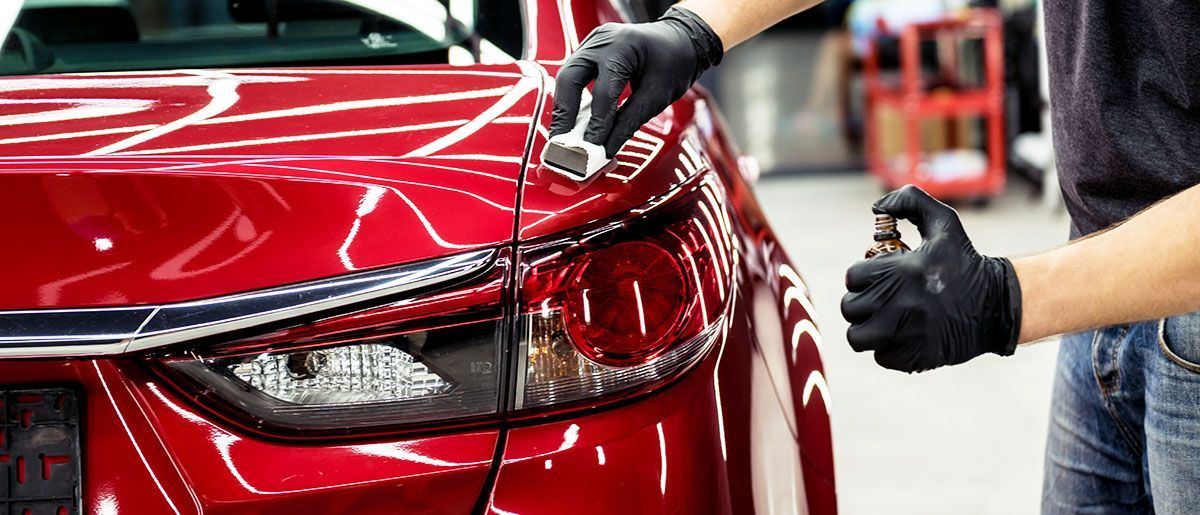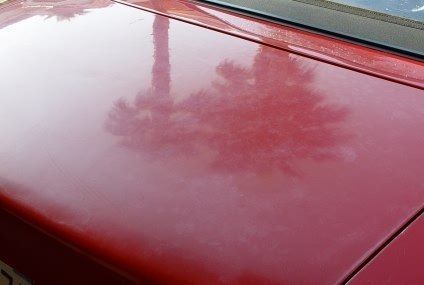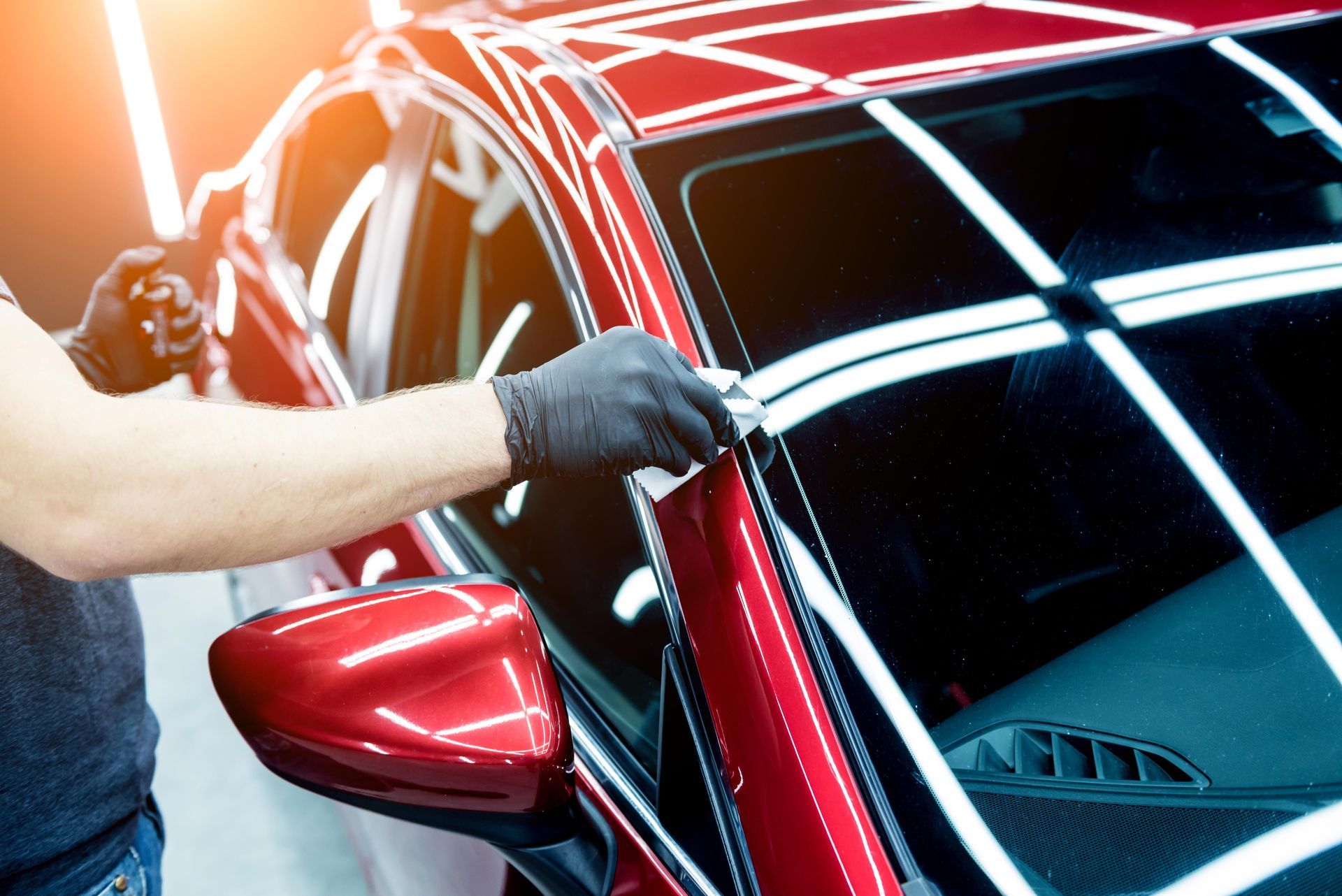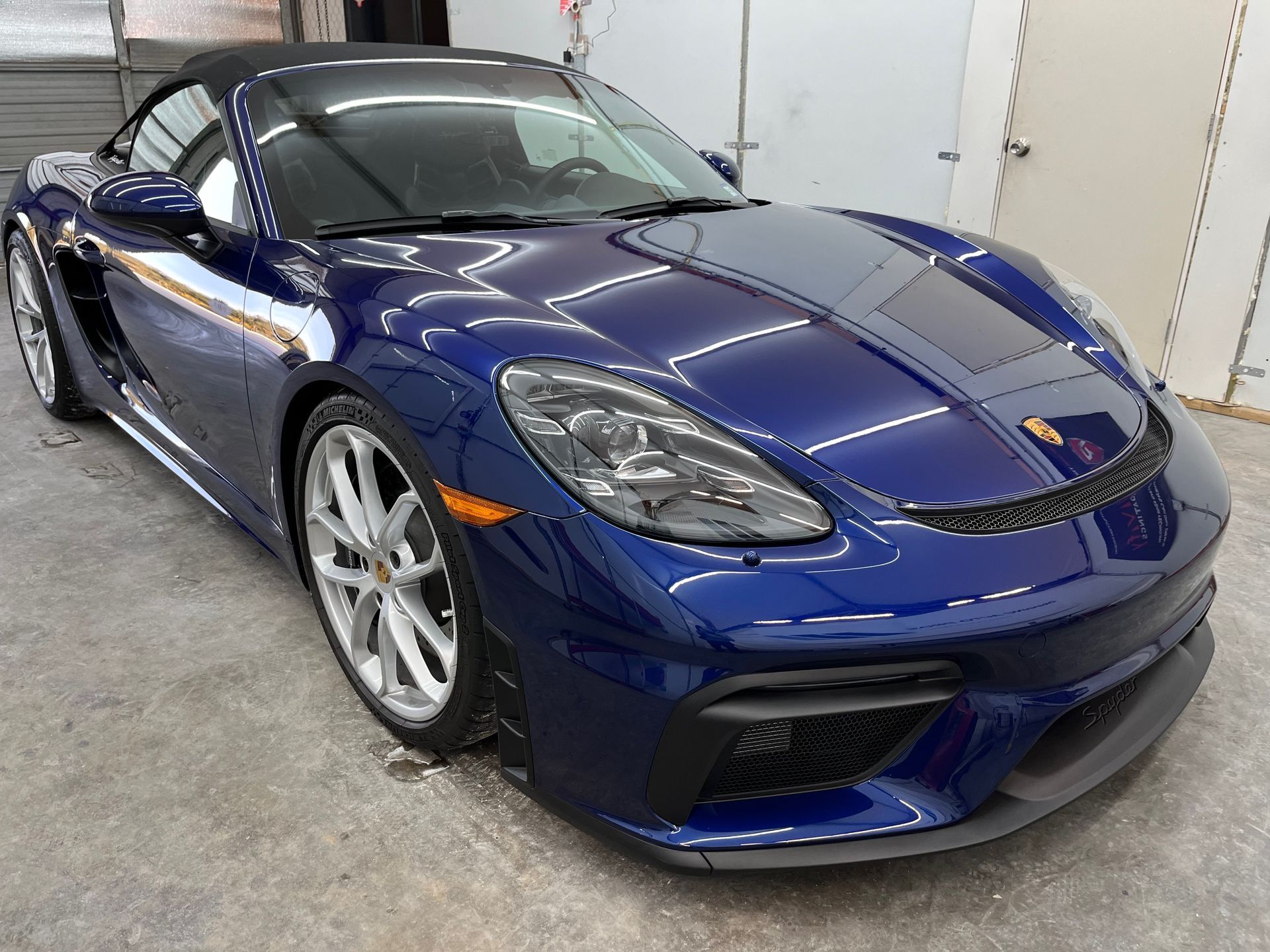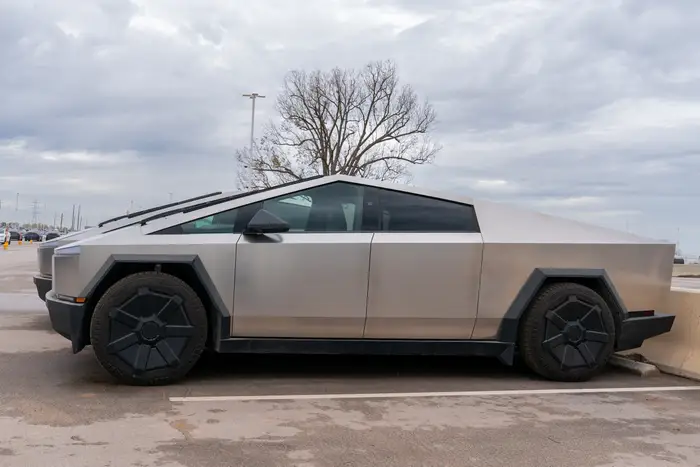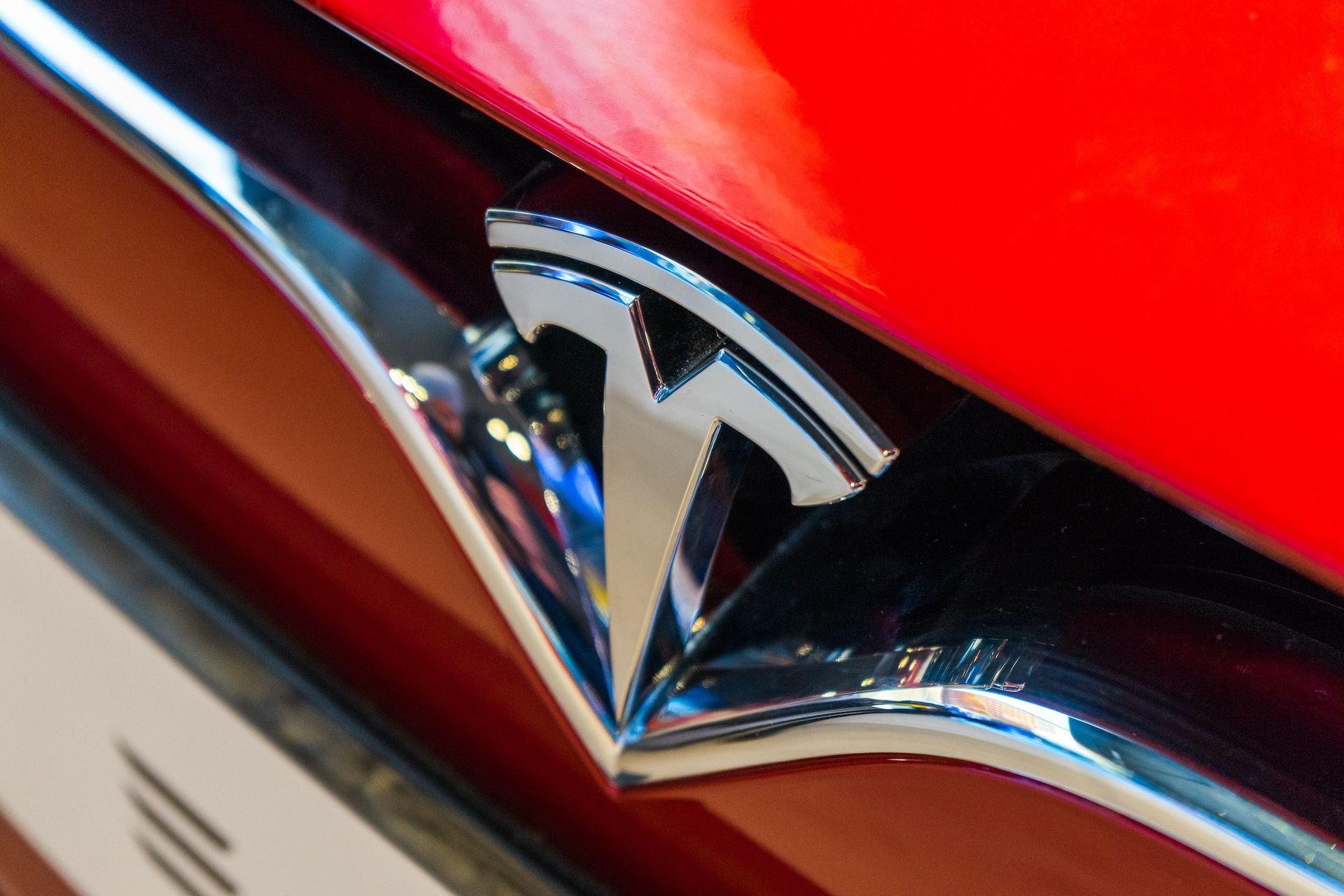Introduction
Ceramic coating is the most recent advancement in paint protection for autos, trucks, RV’s, airplanes and marine craft. A lot of companies who sell products to these markets have introduced ceramic coatings into their product offerings. Some of these companies make their own ceramic coating, whilst others put their name on a private-label coating. With so many different brands available consumers need to make a choice and, quite naturally, want to know: “Which is the best ceramic coating for me?” This Guide will help you in making that choice.
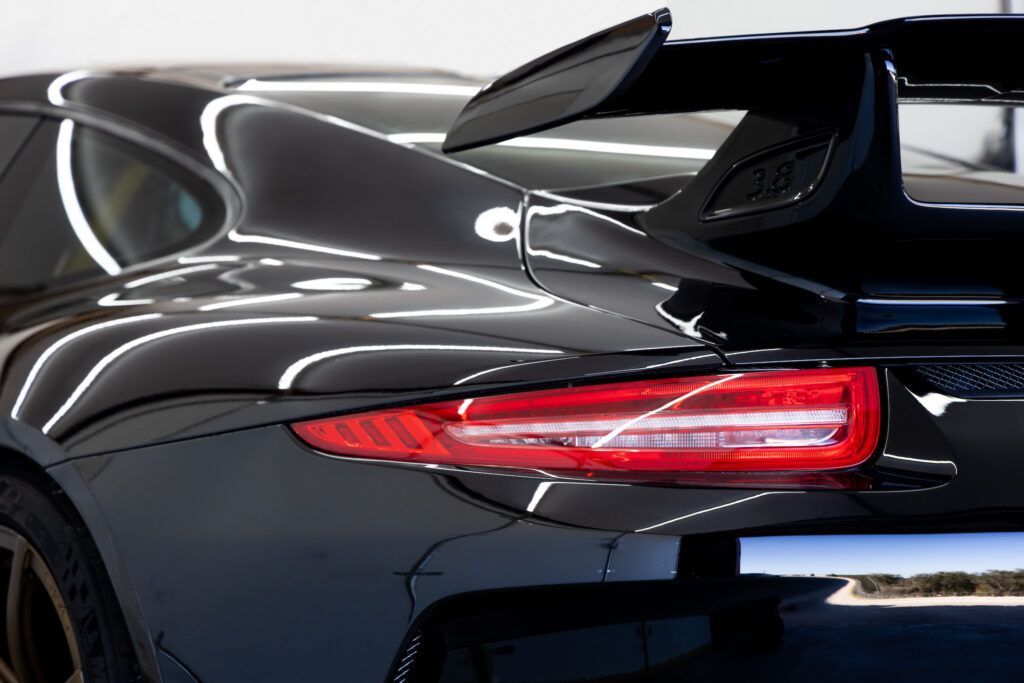
History of Paint Protection Technology
- 1800 – wax, developed from animal fat, was developed in Germany for horse carriages. This was the first paint protection technology.
- 1891 – Frank Meguiar, Jr. develops wax for automobiles. The “Meguiar’s” brand is a top brand in
automotive care. - 1901 – George Simons develops carnauba wax. Simonize is born.
- 1925 – 3M develops masking tape. This allows automobile manufacturers and automotive paint companies to have two tones.
- 1944 – Plastone invents the first bottled car wash that later became known as “Turtle Wax.• 1970 – Dupont introduces the first polymer sealant, whilst in Japan and Europe, the first clear coat was brought to market.
- 1980 – Detailing clay bar was developed in Japan.
- 1990’s – Microfiber towels arrive on the detailing scene.
- 2000 – PPG Industries invents Ceramiclear to eliminate clear coat degradation from UV rays, acid rain and salt.
- 2007 – Clearpaint sealant, a nanotechnology polymer coating, is invented. Gtechniq invents C1 Crystal Lacquer.
- 2010 – Nano Shine, Ltd. released the Ceramic Pro range in 2010 for automotive, marine and airplane industry.
- 2013 – Ceramic Pro introduces 9h ceramic coating.
- 2017 – Gtechniq introduces 10h ceramic technology
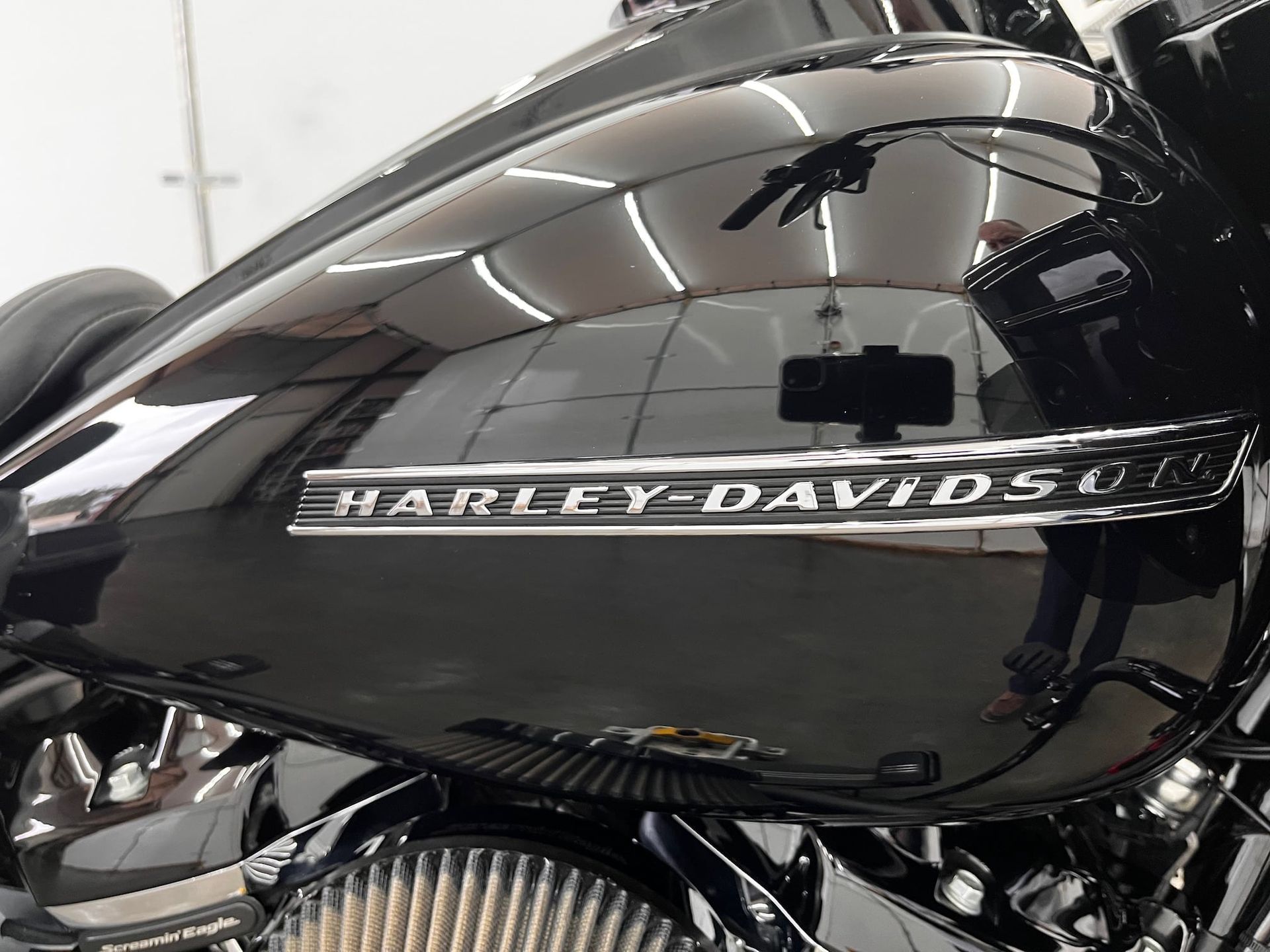
What is Ceramic Coating Nanotechnology?
Let’s keep this non-technical, although that may not be 100% possible. Keep reading to understand why.
Ceramic Coating: Definition
The most common definition is: ceramic coating is a semi-permanent, non-metallic, inorganic clear coat.
“Huh?” you ask.
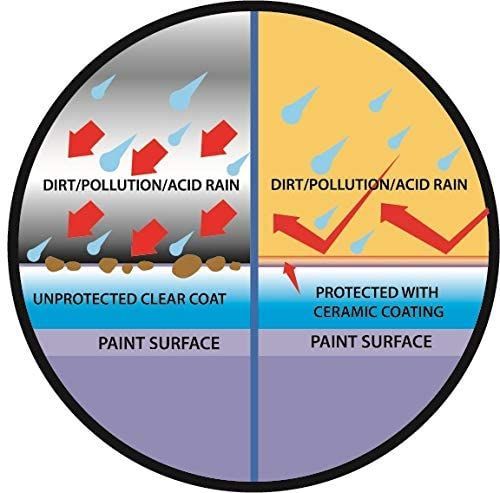
Bendable glass is the best way to “describe” ceramic coating, but that doesn’t tell you what it is. So imagine making a smoothie: you put a lot of ingredients into a blender to suit your taste, and then blend it up and out comes a beverage you like. That’s a good metaphor for ceramic coating. But in this case,
it’s more like: start with this stuff, then do that to it for a while, then add this other stuff to that stuff and do something else to that, then add that other stuff over there to this stuff and do something else to all of this for a while, and…well, I’m sure you get the picture.
RESINS
Quartz is the foundation of ceramic coatings. Resins typically include silicone-based polymers (SiO21 and TiO22) that are non-toxic, inert, non-flammable, optically clear with excellent thermal and is UV stable.

ADDITIVES
Additives help the resin achieve the shortcomings above. One additive brings strength and durability by forming a covalent bond3 with the clear coat. Others increase its hardness, its gloss, its UV capability and its gloss and shine
SOLVENTS
We started with quartz. It needs to be applied as a liquid. This requires solvents. The solvents suspend the product until it comes in contact with air. Once that happens, the solvents “die out” leaving behind a very hard surface. Other types of solvents, called “carrier solvents” allow multiple coats of ceramic coating to stack up on one another and bond to each other.
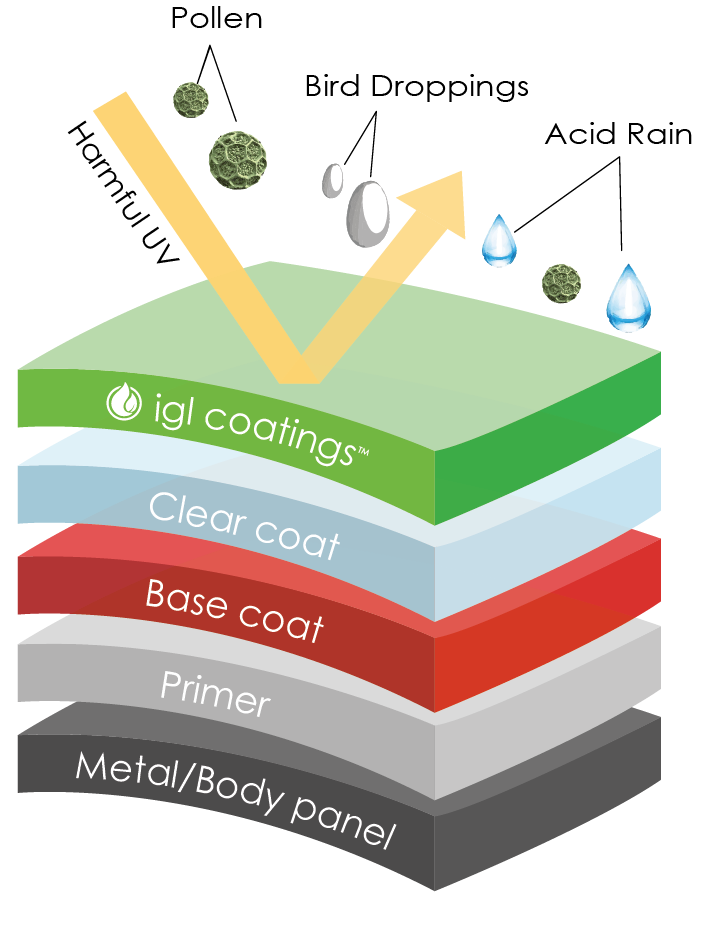
Short answer: Protects your vehicle’s paint better than any other technology except for paint protection film. Prevents oxidation via advanced UV protection, protects against most scratches, looks glossy for years. Saves money by not going to a car wash anymore. (You should never take a ceramic coated vehicle to a car wash. Your installer will show you how to wash it.)
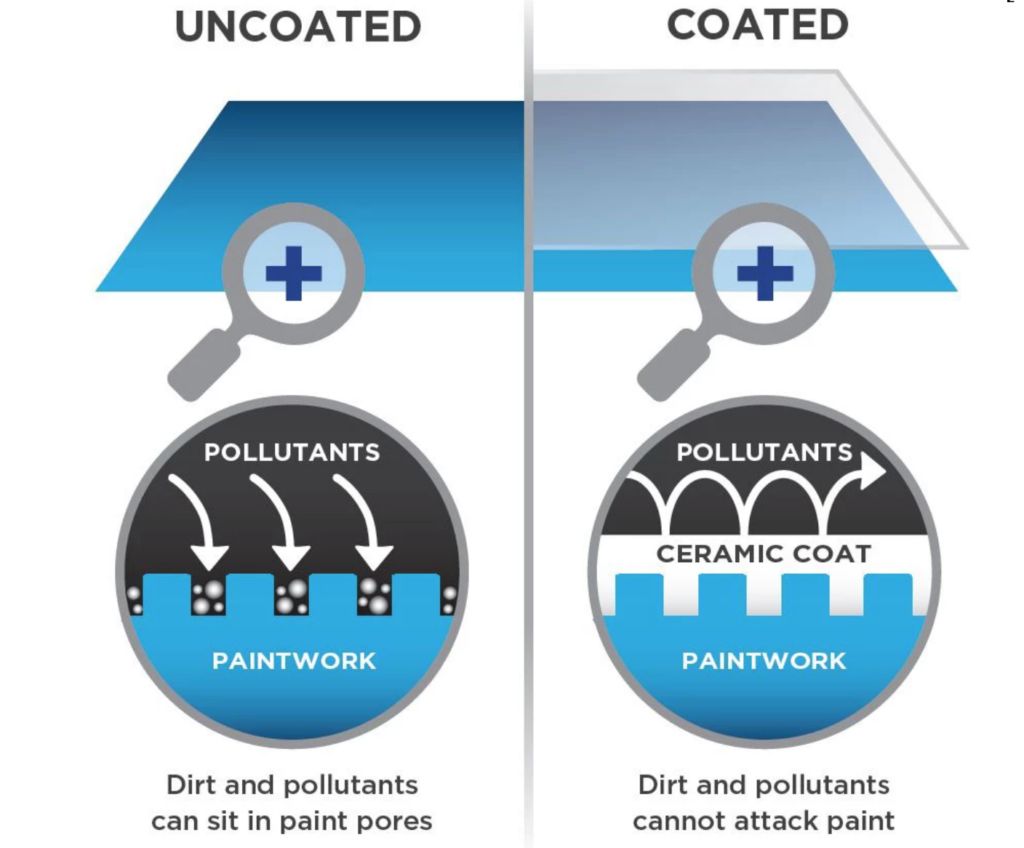
Protect against rock chips and other road hazards that can chip your paint. That’s what paint protection film (PPF) does. Having a coating does NOT mean you don’t have to wash your vehicle. You should wash it every two weeks at a minimum, but not at a car wash, which has harmful chemicals that affect the coating. Use the “no-rinse” method as shown by your installer.
Now that you know what it is, let’s focus on two types of ceramic coating for automobiles: The DIY products and professional grade products.
Here’s a quick comparison:

One note about prep work: What is meant by “Same” is that a ceramic coating should NEVER be applied until the vehicle is:
- Thoroughly washed
- Decontaminated
- Clay barred
- Wiped down
- Taped to protect from 6 & 7
- Machine paint correction (if necessary)
- Machine polished (always necessary)
- Wiped down with a paint prep solution
- Coating applied
- Coating leveled and buffed AFTER it flashes
- Inspect for high spots and correct
If you are unwilling or unable to do the above tasks, then you should have a professional ceramic coating installer do the job for you.
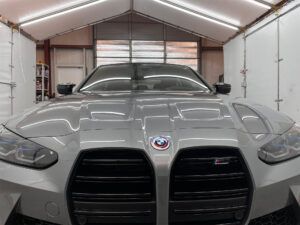
Why Is It So Expensive?
Product Cost
The cost to bring a commercial ceramic coating to market is HUGE! There’s R&D, manufacturing, marketing, sales and administrative costs incurred by the manufacturer. It requires millions of dollars before one bottle is sold!
INSTALLATION Cost
A certified ceramic coating installer is paid roughly the equivalent of an automotive tech at a commercial garage, where hourly shop rates range from $100-200 an hour. The installer has years of detailing experience, paint correction and polishing expertise as well as many hours of manufacturer’s product and application training.
Cost of Continuing to Wax your Vehicle
How often would you need to wax your car to get it to look like it does with a ceramic coating, over the lifecycle of the coating. Let’s say you have a 9-year coating installed on your favorite vehicle and it costs
$2,000. That’s a one-time investment into protecting your vehicle. Compare that with wax, which typically lasts 3-4 months, or until you go through the car wash again. If you pay a detailer to wax your car, you’re going to pay about $250 each time. Now if you do that 3 times a year for 9 years, you’ve spent $6,750. So, which is the better value?
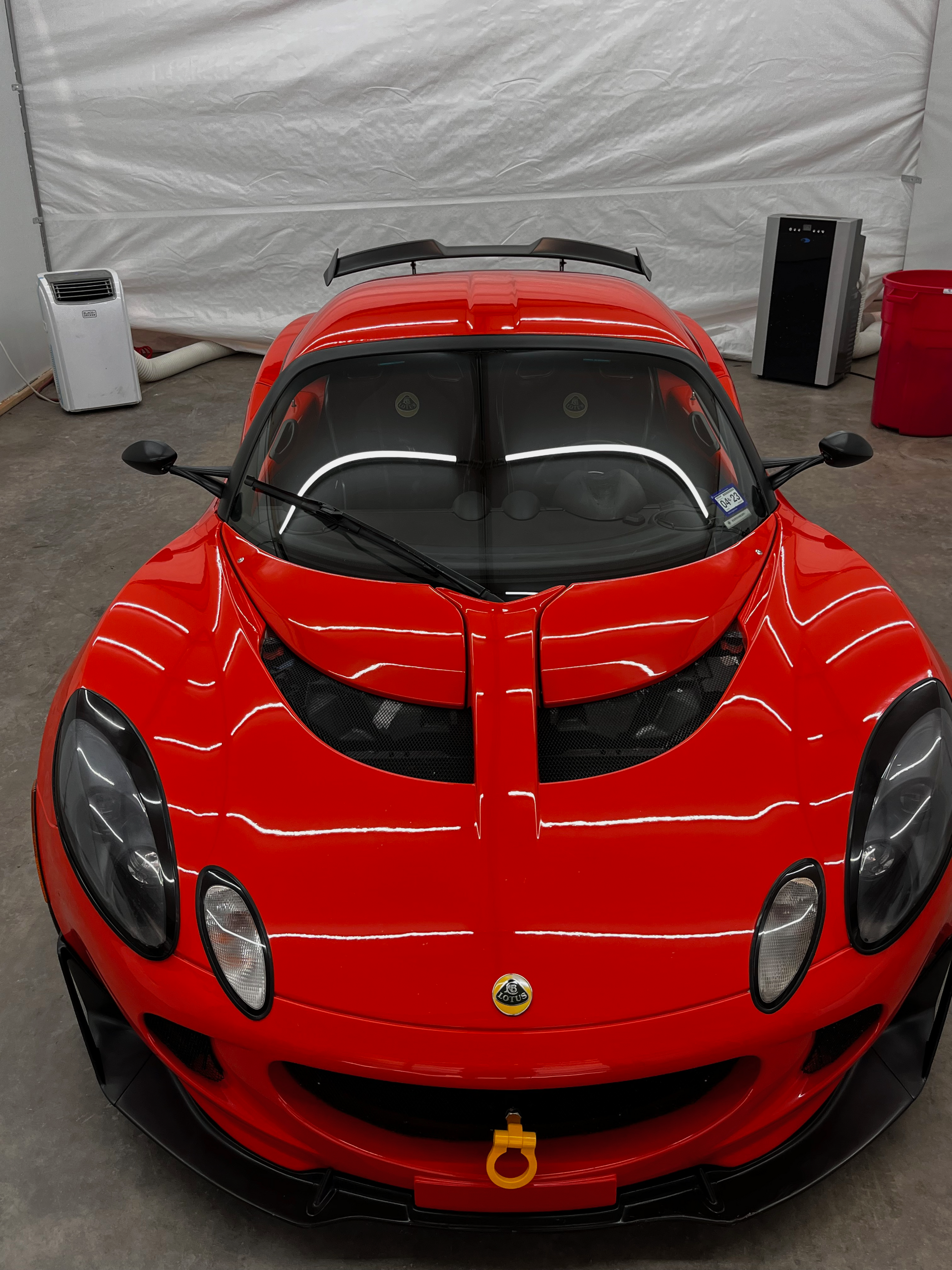
That’s Too Much Money!
If money is the primary issue in making your decision, ask about a 1, 3 or 5 year rated ceramic coating. You may find that your initial investment is less while still reaping the benefits of a ceramic coating.
Time To Decide
Now that you know what ceramic coating is and the difference between DIY and Pro level products, you have a decision to make. Hopefully this Guide has helped you in making the best decision for your specific needs. You can always contact us for questions.
About The Author
Ken Chance is the owner of Detail Sarge Services, LLC dba Dripping Auto Pros in Dripping Springs, Texas. Ken is an IDA Certified Detailer and is a GTECHNIQ Accredited Ceramic Coating installer. He may be reached at ken@drippingautopros.com.
Where Details Matter
Dripping Auto Pros is a local vehicle detailing studio with world-class certifications in Gtechniq and REVIVIfy Coating products, along with various training in paint gloss enhancement via paint correction. Located in Dripping Springs, Texas, our doors officially opened in 2021, but the shop and team that makes up Dripping Auto Pros quickly raised the ranks to Texas’s leading vehicle detailing companies. With the determination to help Texas drivers achieve the vehicle of their dreams, Dripping Auto Pros offers vehicle protection, enhancement, and maintenance solutions to fit every make and model and driving lifestyle!
Quick Links
Our Location
3401 E Highway 290, Dripping Springs, TX 78620, United States of America
Connect With Us
Phone: (512) 829-7000
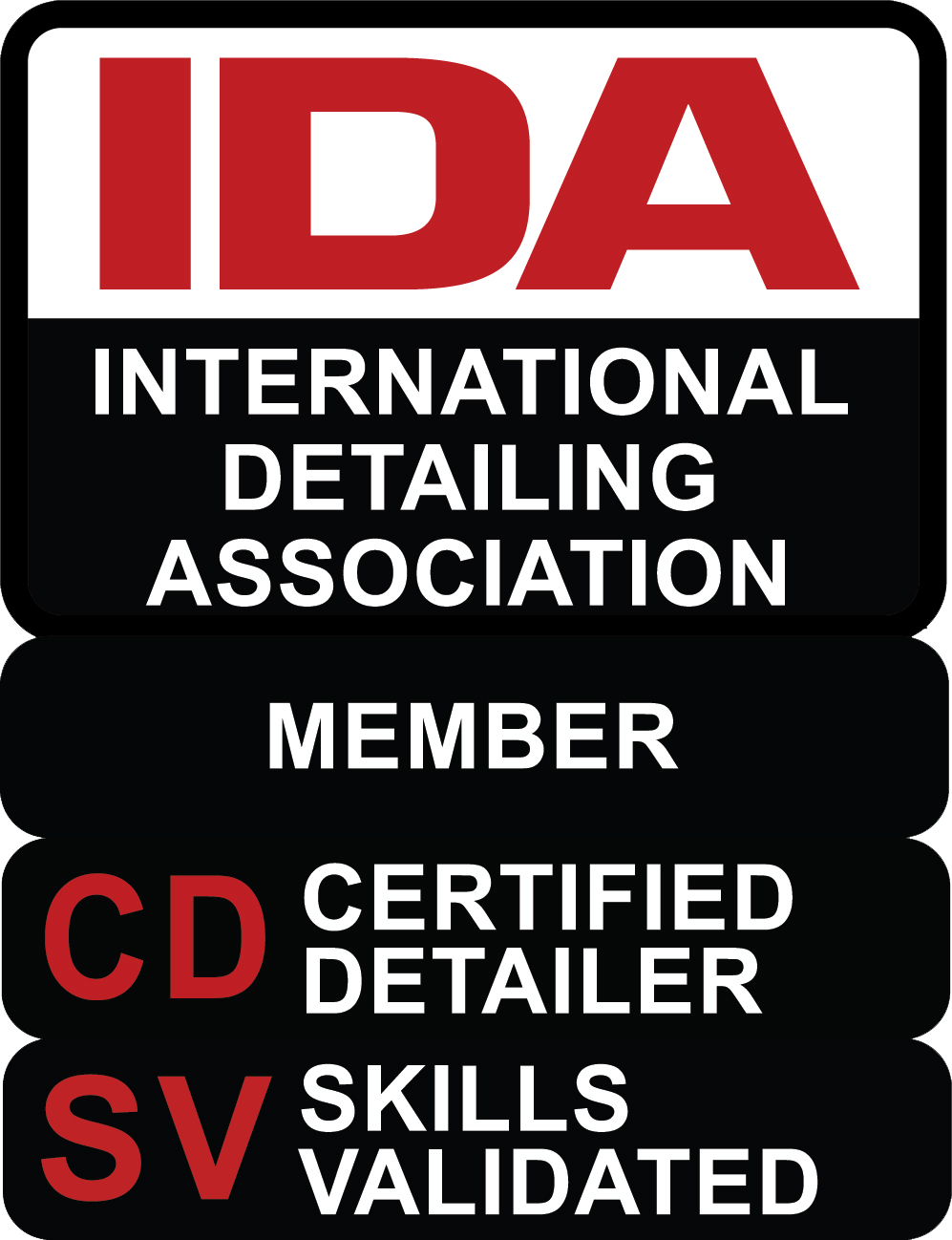
Social Media
Hours of Operation
Monday - Friday: 8:30 AM - 5:30 PM
Saturday - Sunday: Closed
Designed by the team at Detailers Roadmap, a platform developed for detailing operators across the globe.
All Rights Reserved | 8bitcreative, LLC | Dripping Auto Pros


